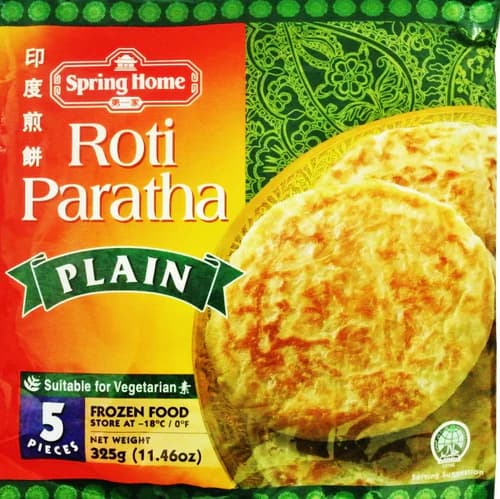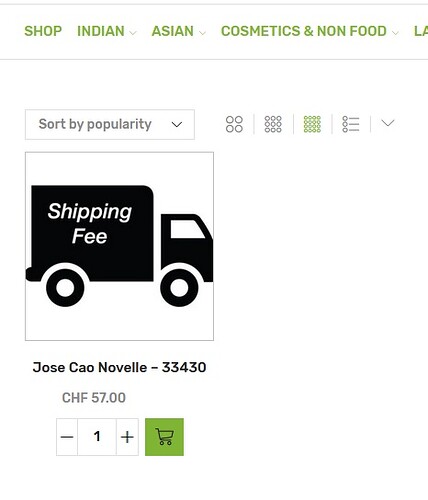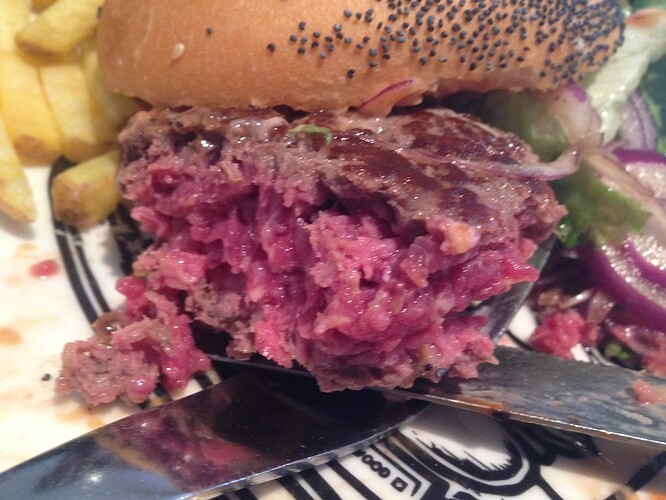I know it as chicory in English, endive in France and chicon in Belgium. I don’t remember eating or buying it when we lived in Germany so no idea what they call it.
OH calls witloof “chicoree” also, and he’s originally German. What I make salad of is escarole/scarole/endive that has been blanched. It’s a big family with very confusing names in different countries.
It was witloof in the Flemish part of Belgium.
yes, I also think it’s just the Dutch/Flemish word for chicorée/chicory
I have never, ever heard of this. Can you get that in Switzerland? In Asian shops?
What do you do with it (apart from torturing your kids)?
Green and bitter veggies should be consumed more they say. But I too have a hard time with them, except if added in small amounts to other things.
Galaxus sells it as a drink.
I bet the pre-cut salads are rarely washed before consumption, neither at home nor in restaurants, that’s a big part of the convenience.
Unwashed, half the samples in this test had too high of a germ count including, no case was health threatening, but still. Washing reduced the count by up to 80%.
I recently saw them here, so next time you’re in Zürich…
I love this shop with its competitive prices. Fresh and frozen stuff is pickup only (though they have a “delivery” page now so maybe that’s changing).
They are washed in chlorinated water before bagging. It’s an industrial process with testing of end products for contamination.
I doubt many people wash them after opening.
When clicking on their Indian sub-menu, I get:

Whilst discussing food safety and adulterated products, western supermarkets are considered the best place to buy Asian spices as they have strict quality controls along the whole supply chain.
Many spices from other sources use cheaper ingredients and flavouring, artificial dyes, starch and for chili powder, powdered red bricks.
Same, after using my link. It looks like they’re updating the website.
Try this: From Home search for Bittergurke, then navigate via the menu.
yep, one of my regular suppliers. What do you mean a delivery page, the link you posted clearly says “only available at the shop”.
I’m way too fond of these things for my own waistline.

But you can make rotis yourself, simply.
This is how mine looked like in production;

yes I admit, it was great fun seeing it function this perfectly.
Shop/Laden in the top menu, then Delivery Charge on the left.
Except there’s no delivery page opening any more. This is what I get when opening the delivery page with the URL directly:
I reject unless really fresh when they taste really good, 5 minutes old & ready fro the bin. Same story with a pizza.
Saw this article today:
There are lots of theories - from micro-plastics, to UPF additives, to disrupted melatonin levels from staying indoors under artificial light, to obesity.
It is probably a combination of a few factors.
It would be pretty easy to rule out fruit and veg contamination - if the increased bowel cancer levels are also seen in the US then it’s unlikely to be that as much of the US is apparently a food desert with low availability of fruit and veg.
Highly misleading title. 2,4D and glyphosate aren’t really used in veg and fruit, these are field crop herbicides.
As Tom mentioned, likely a result of many factors and the attempts of incompetent journalists to dumb down a complicated discussion to binary variables is much more destructive than constructive
With the extremely slow but steady progress in cancer research, a definitive answer at a cellular level is probably years if not decades away.
Most cancer causes are not discovered by cell biology discovery but by case studies of infected individuals - case in point being the link between lung cancer and smoking by a study of deaths in doctors who smoked, in the UK.
Another was the link between thyroid carcinoma and radiation exposure after the two nuclear detonations over Japan.
Perhaps this is a job for AI, to gather all the data on bowel cancer rates, environmental factors, age, lifestyle, health, diet, exercise and so on and crunch the numbers.

